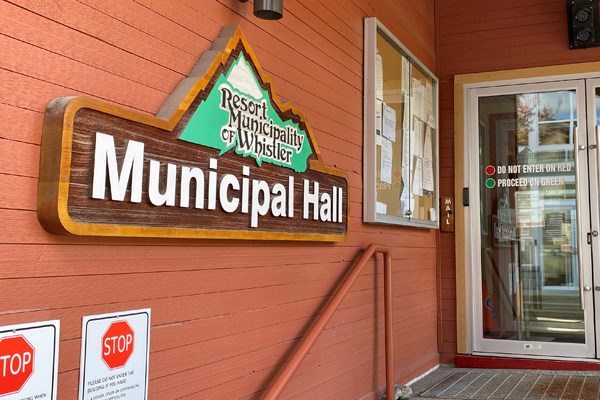If it wasn’t evident from the busy parking lots, packed parks, and numerous tourists biking down the Whistler mountains this summer, the resort’s post-pandemic restriction recovery is well underway, with Q3 tourism revenues exceeding the Resort Municipality of Whistler’s (RMOW) expectations.
At the Jan. 24 Whistler council meeting, the RMOW’s director of finance, Carlee Price, presented a report on the municipality’s third-quarter financials that painted a financially positive picture, with Municipal and Regional District Tax (MRDT) revenues, in particular, surging to new highs, eclipsing pre-pandemic levels.
“To characterize the quarter, Whistler is settling into a soft, strong, steady tourist recovery. The only concern that’s beginning to surface is, of course, cost challenges,” Price said.
“MRDT revenue continues to be strong and exceeds our expectations. July, August and September payments all exceeded 2019 amounts, which was the previous peak for that revenue stream.”
Municipal revenue increased in nearly every category, with permitting fees, programs and admissions, and other revenue increasing by more than 30 per cent over the third quarter of last year. In total, the RMOW brought in $90,871,796 over nine months, ending Sept. 30, a nine-per-cent year-over-year increase, accounting for 91 per cent of the total budget.
The report noted that revenue from parking also increased significantly due to tourism making a solid comeback in the resort over the summer. Parking revenue increased 9.9 per cent compared to peak 2019 revenues in the third quarter. In June, the RMOW raised the cost to park in Day Lots 1-3, and the revenue generated from that change is reflected in the solid quarterly results. A significant chunk of the additional income will go toward transit, as the RMOW plans to increase its contributions to transit from day lot parking revenues by 47 per cent over 2019 levels.
The revenue sources that saw the most significant year-over-year decline were works and service, grants and transit fares, and leases, which declined by 41, 29 and 19 per cent, respectively. Though the longest transit strike in B.C. history ended in June and buses returned to service, the municipality offered free transit throughout the summer, tempering revenue. However, transit ridership has now nearly returned to pre-strike levels.
“There was an incentive program launched in the fourth quarter of last year that will have an effect on actual revenues in the fourth quarter, but ridership [rising] is a positive indicator, and heading into 2023, we do expect transit to be a more steady factor in the financial outcomes for the municipality,” Price said.
By department, expenditures did not rise nearly as fast as revenue, and were well below inflation. The Resort Experience department had the most significant overall increase, at 14.2 per cent over 2021, due mainly to festivals and the summer concert series making a return, in addition to the demand on municipal parks hitting record highs. The department spent $11,505,519 in Q3 compared to $10,078,149 in the previous year.
The Corporate and Community Services department also saw a two-per-cent increase in expenditures compared to last year, with the report noting the increase is mainly due to payroll decreasing in size as the municipality has been unable to fill positions of retiring staff, and particularly for trained professionals such as lifeguards.
The only department that saw a decline in expenditures was the CAO office, which scaled back spending as pandemic-related pressures eased on the municipality. In total, the RMOW spent $53,543,920 on departmental spending and another $8,023,530 on corporate expenditures, debt, reserves and transfers at the end of Q3. The departmental spending accounted for 74 per cent of the total budgeted for the year.
Project-wise, expenditures were well below budgeted amounts, as several large-scale projects were cancelled or delayed for a future date. These include the White Gold Undergrounding Utility Project, which the RMOW backed away from at the beginning of July, and delayed Meadow Park Rejuvenation and Meadow Park Sports Centre building envelope repairs. The RMOW spent $15.5 million on projects as of Q3 2022, or 38.5 per cent of the $40.2 million budgeted.
While the general economic outlook is quite favourable for the municipality, Price noted some dark clouds on the horizon due to rapid inflation and a potential recession soon arriving.
“I would describe the current circumstances as sort of the middle miles of a marathon, where things are feeling relatively easy, but you know that the wheels are likely to come off,” Price said.
Investment holdings at the end of Sept. had a value of $104,317,557 and brought in $2,183,980.




